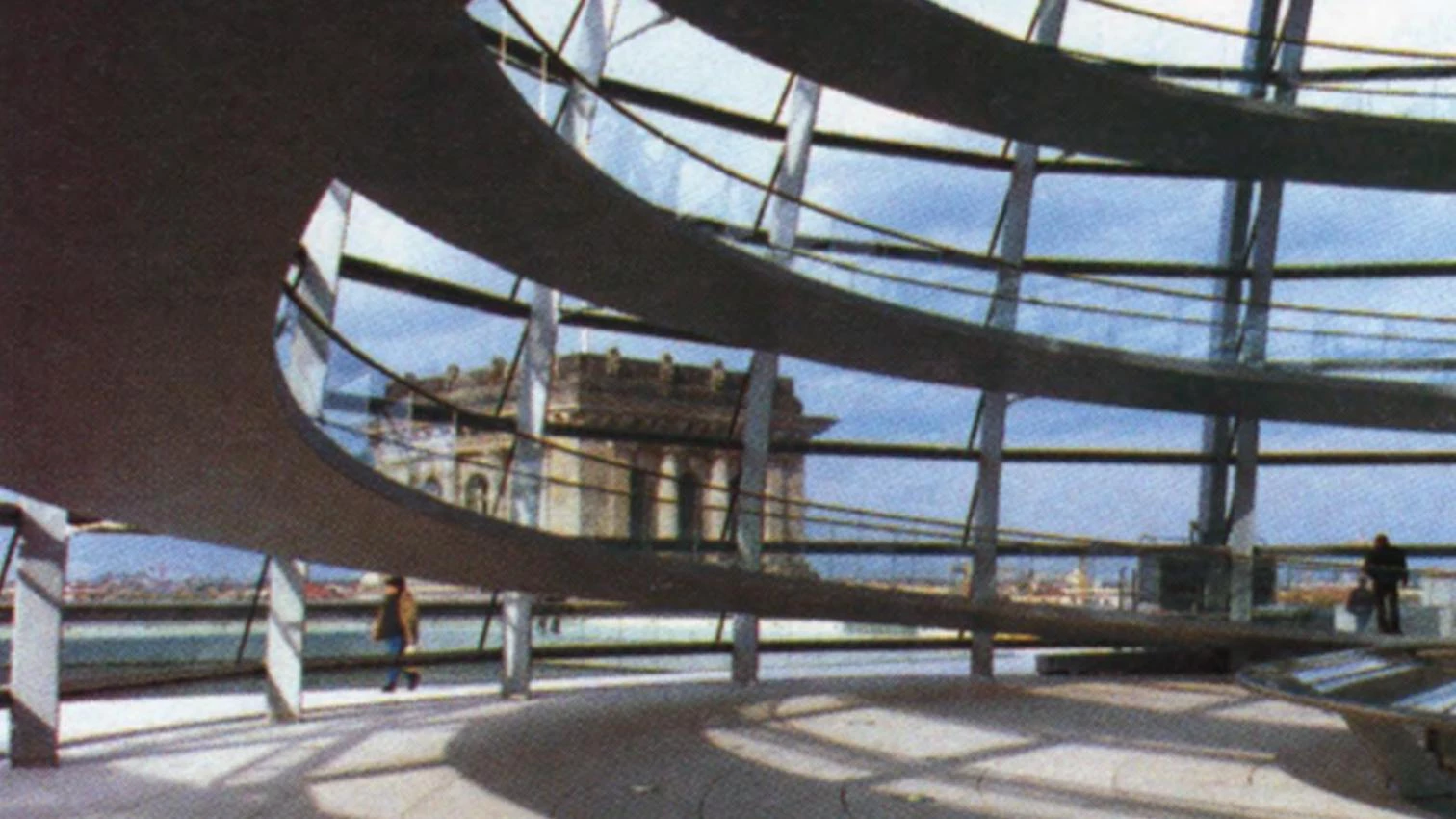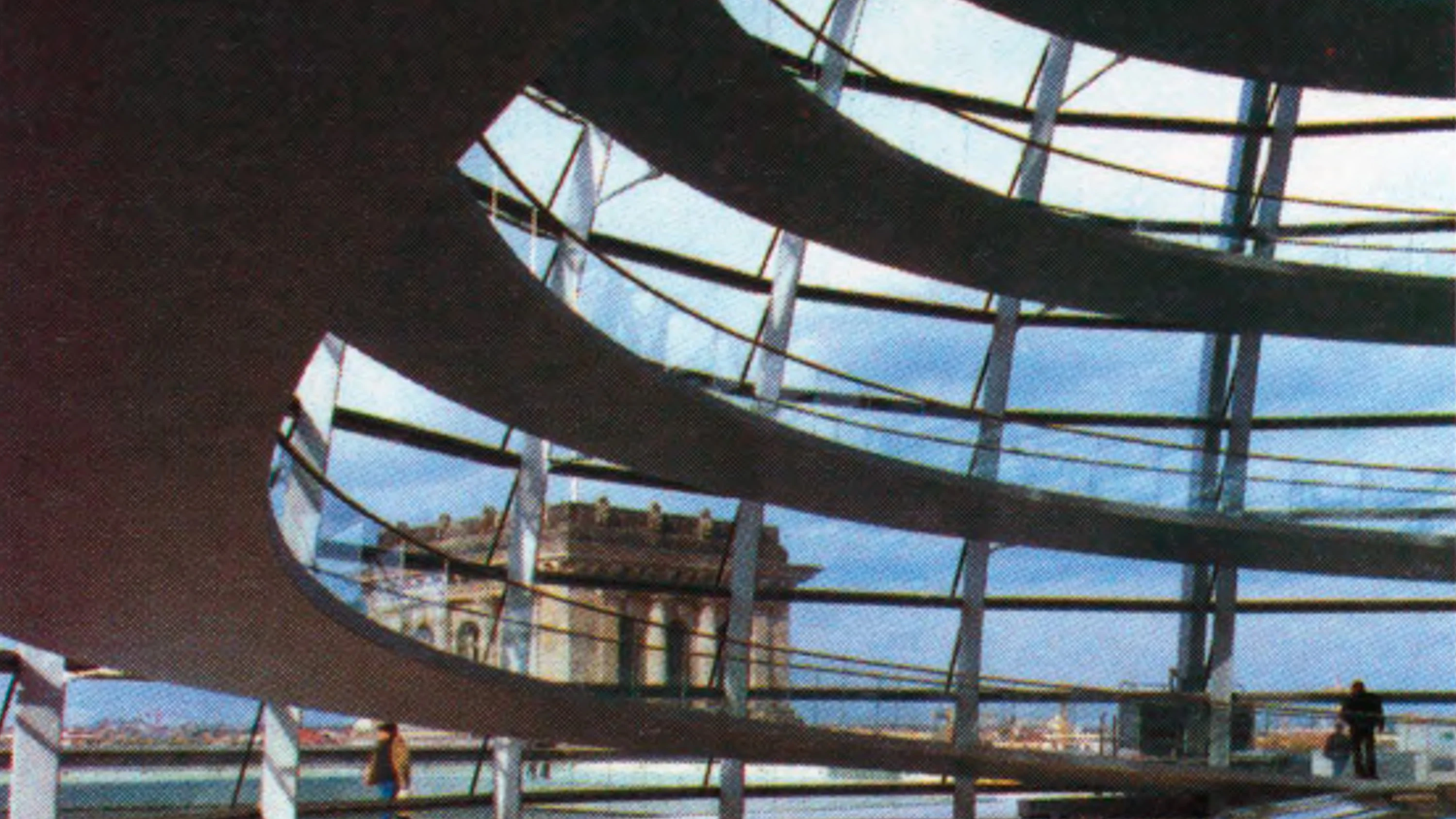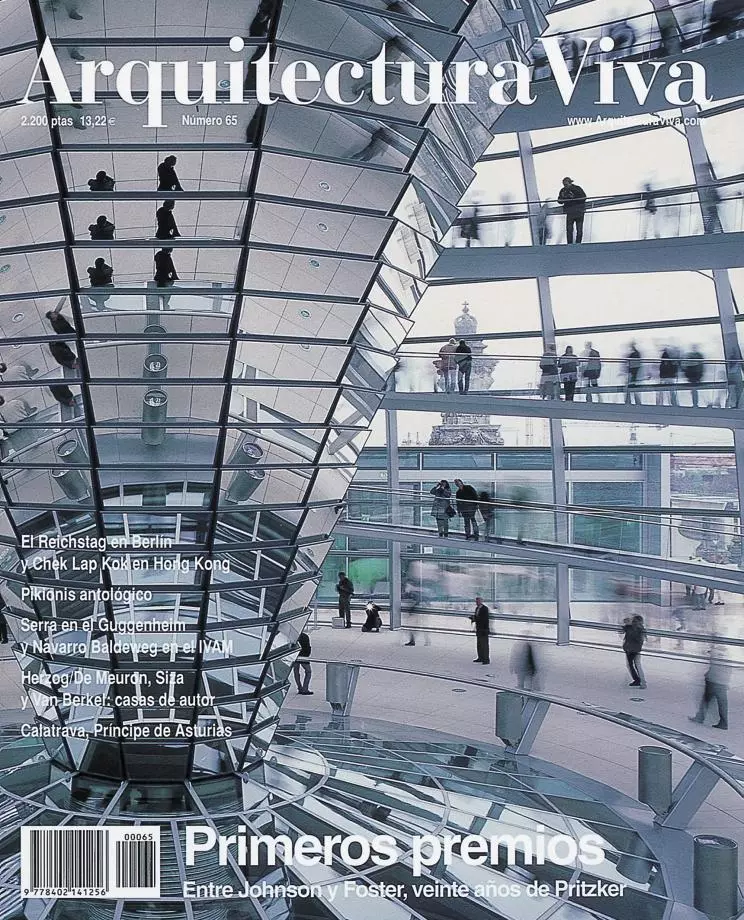
All prizes are cartographic: they distinguish individuals, but also help represent a whole territory. Along with publications, exhibitions and competitions, architectural awards put markers in the motley contemporary landscape, and these singular landmarks facilitate the recognition of a plural panorama. Like the stakes o f a surveyor or the levelling rods of a topographer, prizes delimit the site of cultural debate, and like thin posts dotting a blanket of snow, they eventually make it possible to discern the roads along which thought has traveled. The multiplication of awards multiplies such maps, and, though each drawing highlights a particular aspect of the terrain, there also comes a time when the superposition of charts will sooner confound than orient the traveler.
A pleiad of new trophies has emerged in the past two decades, joining a parade of long venerated distinctions such as the medals conferred by American and British architectural associations, or Finland s Aalto Medal. After the USA s Pritzker Prize was instituted in 1979, the eighties saw the launch of the Aga Khan Award for Muslim countries, the Medal of the International Union of Architects, Europe s Mies van der Rohe Award and Japan s Praemium Imperiale, and in 1992 came Denmark’s Carlsberg, the latest and also the most generously endowed o f architecture s grand slam. I f we add the spluttering of miscellaneous accolades such as the Wolf, Gish, Brunner, America, Erasmus, Tessenow, Secil, Feltrinelli or Prince o f Asturias, as well as academic honors, honoris causa doctorates and the rewards accompanying biennials, festivals and fairs, the result is a cacophony of glitz and glitter that blurs any effort to chart the territory.
Perhaps for this reason it is good that one of the prizes should end up becoming a tool for critical reference, like the Nobel in other fields of creation and knowledge: a scale of value and a thermometer of taste, but also a road map to help us find our way through the terrain of recent architecture. For many reasons, the Pritzer Prize now ranks high in the ladder toward such a canonical consolidation. Despite the occasional slips ofjudgement of its jury and certain notorious absences in its hall of fame - from Sert to Utzon and Candela to Van Eyck, not to mention the likes of Nouvel, Eisenman, Koolhaas or Herzog & de Meuron - its sketch o f the recent scene is the most complete and the most plausible of them all. The Pritzker s growing status as a reference makes it necessary to subject its decisions to close scrutiny, and this is what Martin Filler offers on the occasion of the prize s twentieth anniversary. Today s proliferation of distinctions may be but an ephemeral bursting offireworks, a celebration of the provisional splendor o f architecture that ends up vanishing in the dark of the night. But while it lasts we should demand that these prizes light up our landscapes and show the way forward.






